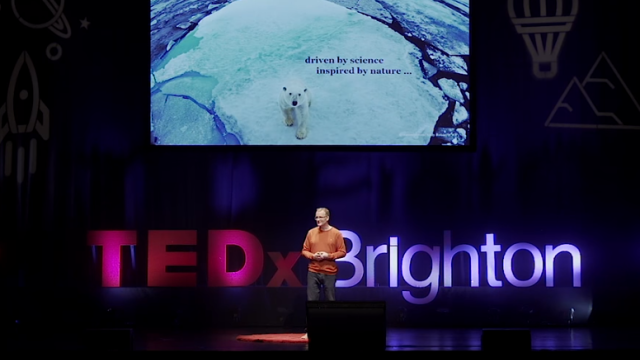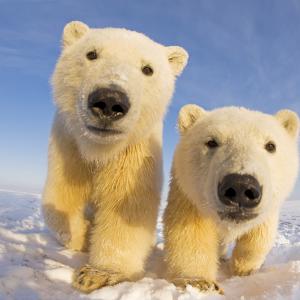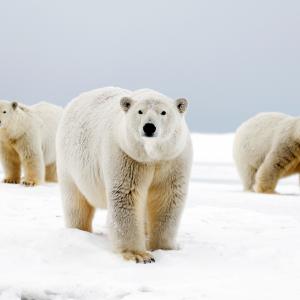Polar bears are the earth's biggest land-based carnivores – although they spend most of their lives around ice and water (their Latin name means ‘sea bear’).
Polar bears are at particular risk from global warming, which is melting the Arctic sea ice they depend on. Polar bears usually live and hunt alone, although they can be quite social. They mainly eat seals. Using their excellent sense of smell, they can detect a seal in the water beneath a metre of compacted snow, and from almost a kilometre away.
Rod Downie, our Chief Polar Advisor, gave a Tedx Talk about what's it like to come face-to-face with polar bears and why now it's more important than ever to protect their natural habitats.
These are some of the key questions that we need to answer to inform our conservation work with polar bears in the Arctic:
1. How many polar bears are in the wild?
2. How are they reacting to climate change?
3. Can we predict how polar bears might respond in a climate altered future?

Last updated on 14/08/2023
 Polar bear: a powerful predator on ice
Polar bear: a powerful predator on ice
 Top 10 facts about polar bears
Top 10 facts about polar bears